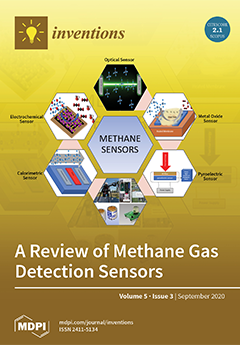In this work, a structured design method, the Stylistic Design Engineering (SDE), is applied for the construction of a new minivan car, in particular a new city car, which we will call FIAT 600 Omega. The SDE, or Stylistic Design Engineering, is a
[...] Read more.
In this work, a structured design method, the Stylistic Design Engineering (SDE), is applied for the construction of a new minivan car, in particular a new city car, which we will call FIAT 600 Omega. The SDE, or Stylistic Design Engineering, is a structured engineering method for carrying out automotive design projects. The SDE method consists of six different phases: (1) Analysis of stylistic trends; (2) Sketches; (3) 2D Computer Aided Design (CAD) drawings; (4) 3D CAD models; (5) Rendering; (6) Solid stylistic model (also called style maquette). This project deals with the external redesign of the Fiat 600 multiple, a small minivan which was very successful in the 1950s and 1960s. SDE is a methodology consisting of various technologies and design methodologies that will be further explained in detail, such as the Pininfarina method, the Quality Function Deployment (QFD) method, Benchmarking (BM), and Top Flop Analysis (TPA). The work was organized according to the different phases. Initially, the Fiat style was studied, in particular the style of the FIAT 600 MULTI PURPOUSE VEHICLE (MPV). This step is essential to better understand the characteristics of the brand and also the main characteristics carried out over the decades. Then we moved on to the freehand sketching phase, based on what we learned in the previous phase of the study. When a satisfactory shape was found for the new car, by analyzing and discarding the different proposals of the various types of style, we proceeded to the evaluation of the proportions and dimensions through two-dimensional drawings and finally we obtained the three-dimensional shape of the new car thanks to 3D CAD software and rendering software. Many advantages in the industrial world SDE takes together with its development. In fact, until the early 2000s, car design and styling was considered quite a craft activity, not a technical or scientific one, mostly based on the great capability of famous car designers and masters, just like Giugiaro, Zagato, Bertone, Pininfarina, Stephenson, Bangle, etc. Then, thanks to the industrial activity of Eng. Lorenzo Ramacciotti, former CEO of Pininfarina Spa and Mechanical Engineer, and also thanks to the academic studies developed at ALMA MATER STUDIORUM University of Bologna, SDE became the object of attention, because it is able to systematize the car design process and reduce costs. With SDE, a good design research or an industrial product development team can complete a car design project, also without the presence of a mentor. Car Design Process finally becomes with SDE a scientific method; Car Design becomes with SDE an industrial method. Industrial needs are nice products made in a short time; SDE is structured to attend these issues. Industrial challenges follow innovation, in shape and functionality; SDE is able to recognize innovation. Industrial benefits can be reached with SDE, ensuring beautiful aesthetic projects are realized systematically and with low costs.
Full article





